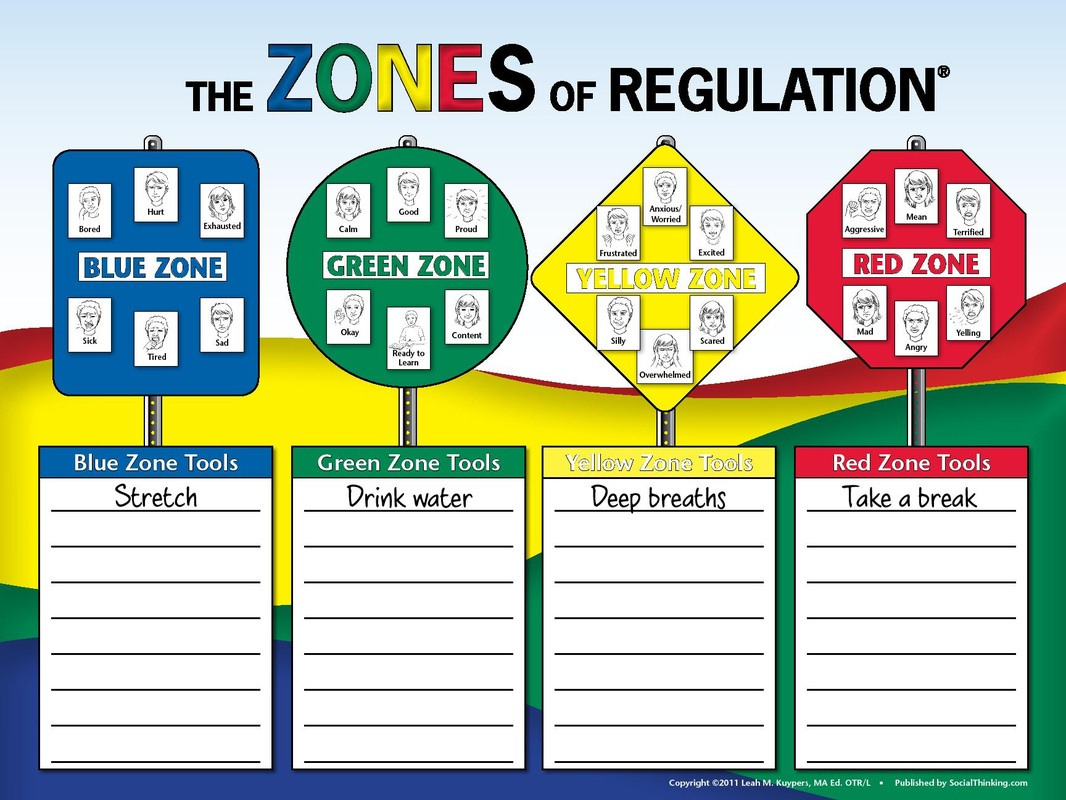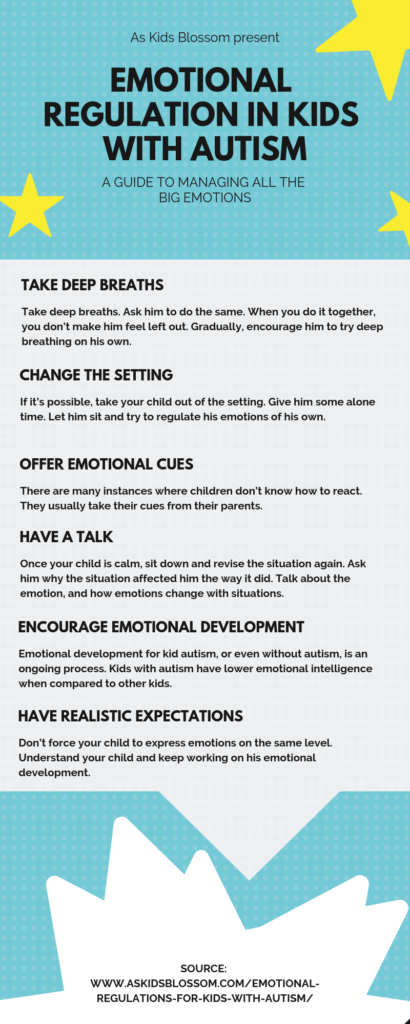Asd Emotional Regulation : What it is
Emotional regulation plays a crucial role in the well-being of individuals with Autism Spectrum Disorder (ASD). It involves understanding, managing, and expressing emotions in a healthy and appropriate way. For individuals on the spectrum, emotional regulation can be challenging due to difficulties in social communication and sensory processing. However, with the right strategies and support, they can learn to regulate their emotions effectively.
Understanding Emotional Regulation in ASD
Emotional regulation is the ability to recognize and manage our emotional responses to different situations. It allows us to cope with stress, make decisions, and interact with others in a positive manner. For individuals with ASD, emotional regulation may manifest differently than in neurotypical individuals.

One popular approach commonly used to teach emotional regulation to individuals with ASD is the Zones of Regulation. Developed by Leah Kuypers, the Zones of Regulation is a visual method that helps individuals identify and categorize their emotions into four zones - blue, green, yellow, and red. Each zone represents a different state of emotions and helps individuals understand and communicate their feelings.
Benefits of Emotional Regulation for Kids With Autism
Emotional regulation skills are crucial for kids with autism as they face unique challenges in understanding and managing their emotions effectively. Here are some of the benefits of teaching emotional regulation to kids with autism:

1. Improved Communication: When kids with autism learn to regulate their emotions, they also enhance their ability to express their wants, needs, and feelings effectively. This improved communication can greatly improve their overall quality of life and interaction with others.
2. Reduced Anxiety: Many individuals with autism experience high levels of anxiety due to difficulties in understanding and managing their emotions. By learning emotional regulation techniques, they can reduce anxiety levels and develop coping mechanisms to deal with stressful situations.
3. Enhanced Social Skills: Emotional regulation skills can also contribute to the development of social skills in children with autism. When they can identify their emotions and respond appropriately, they are more likely to engage in positive social interactions with peers and develop meaningful relationships.
Effective Strategies for Teaching Emotional Regulation
Teaching emotional regulation to individuals with autism requires a tailored and individualized approach. Here are three effective strategies that can be used:
- Visual Supports: Visual supports, such as the Zones of Regulation, can be powerful tools in helping individuals with autism understand and manage their emotions. These visual cues provide a concrete way to identify different emotions and promote self-awareness.
- Sensory-based Interventions: Many individuals with autism also struggle with sensory processing issues. By incorporating sensory-based interventions, such as deep pressure techniques or fidget tools, it becomes easier for individuals to regulate their emotions and cope with sensory overload.
- Social Stories: Social stories are short narratives that help individuals with autism understand social situations and appropriate responses. By creating personalized social stories that focus on emotional regulation, individuals can learn how to identify emotions and respond in a socially acceptable manner.
Frequently Asked Questions (FAQs)
Here are some frequently asked questions about emotional regulation in individuals with autism:
Q: Why is emotional regulation important for individuals with autism?
A: Emotional regulation is important for individuals with autism as it helps them understand and manage their emotions effectively, reducing anxiety levels and promoting positive social interactions.
Q: How can I teach emotional regulation to my child with autism?
A: Teaching emotional regulation to your child with autism involves using visual supports, sensory-based interventions, and social stories. Consistency, patience, and individualized strategies are essential in the learning process.
Q: Can emotional regulation skills be improved in individuals with autism?
A: Yes, emotional regulation skills can be improved in individuals with autism with the right strategies, support, and practice. With time and guidance, they can develop effective coping mechanisms to regulate their emotions.
In Conclusion
Emotional regulation plays a crucial role in the well-being and development of individuals with Autism Spectrum Disorder. By understanding and using effective strategies, such as visual supports, sensory-based interventions, and social stories, individuals with autism can learn to regulate their emotions more effectively. It is essential for parents, caregivers, and educators to provide the necessary support and guidance to help individuals with autism navigate their emotions and lead fulfilling lives.
Sources:
- "Zones Of Regulation Mrs Cox's Behavior Management Tools" - Image Source
- "Emotional Regulation for Kids With Autism - As Kids Blossom" - Image Source
Mindful Minutes - Anxiety In Children
 Image Source : understandinganxietyinchildren.weebly.com
Image Source : understandinganxietyinchildren.weebly.com regulation zones emotional clipart self poster zone emotions chart feelings social behavior google management visual behaviour mindful check emotion red
Zones Of Regulation Parent Handout - Google Search | Zones Of
 Image Source : www.pinterest.com
Image Source : www.pinterest.com emotional coping emotions behaviour pec articulation handout intermediate schools children parent wixsite
Zones Of Regulation Mrs Cox's Behavior Management Tools — Db-excel.com
 Image Source : db-excel.com
Image Source : db-excel.com Emotional Regulation For Kids With Autism - As Kids Blossom
 Image Source : askidsblossom.com
Image Source : askidsblossom.com regulation autism
Zones Of Regulation | Zones Of Regulation, Social Emotional Learning
 Image Source : www.pinterest.co.uk
Image Source : www.pinterest.co.uk regulation zones autism anger emotion alles clipartart teachingautism sozialkompetenz soziales eyfs interventions asd feelings classrooms coping
Emotional Regulation And ASD - C Mazefsky, Ph.D. - YouTube
 Image Source : www.youtube.com
Image Source : www.youtube.com emotional regulation asd
Sensory Blog: Self Regulation- What You Need To Know - Part 2 - Madison
 Image Source : gigisplayhouse.org
Image Source : gigisplayhouse.org Sensory Blog: Self Regulation- What You Need To Know – Part 2 – Madison
 Image Source : gigisplayhouse.org
Image Source : gigisplayhouse.org regulation zone sensory occupies
Emotional regulation and asd. Mindful minutes. Sensory blog: self regulation- what you need to know. Regulation zone sensory occupies. Zones of regulation parent handout